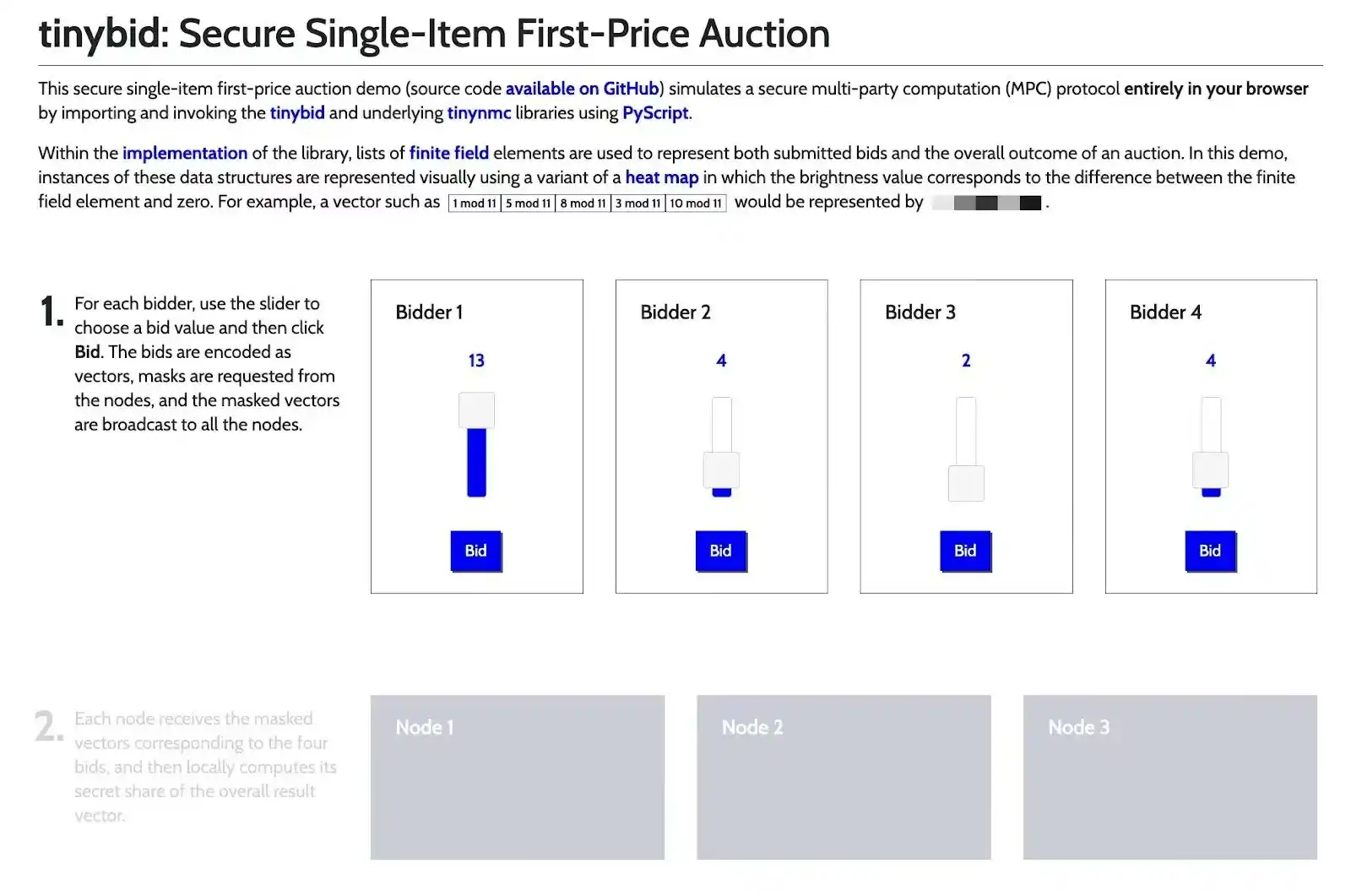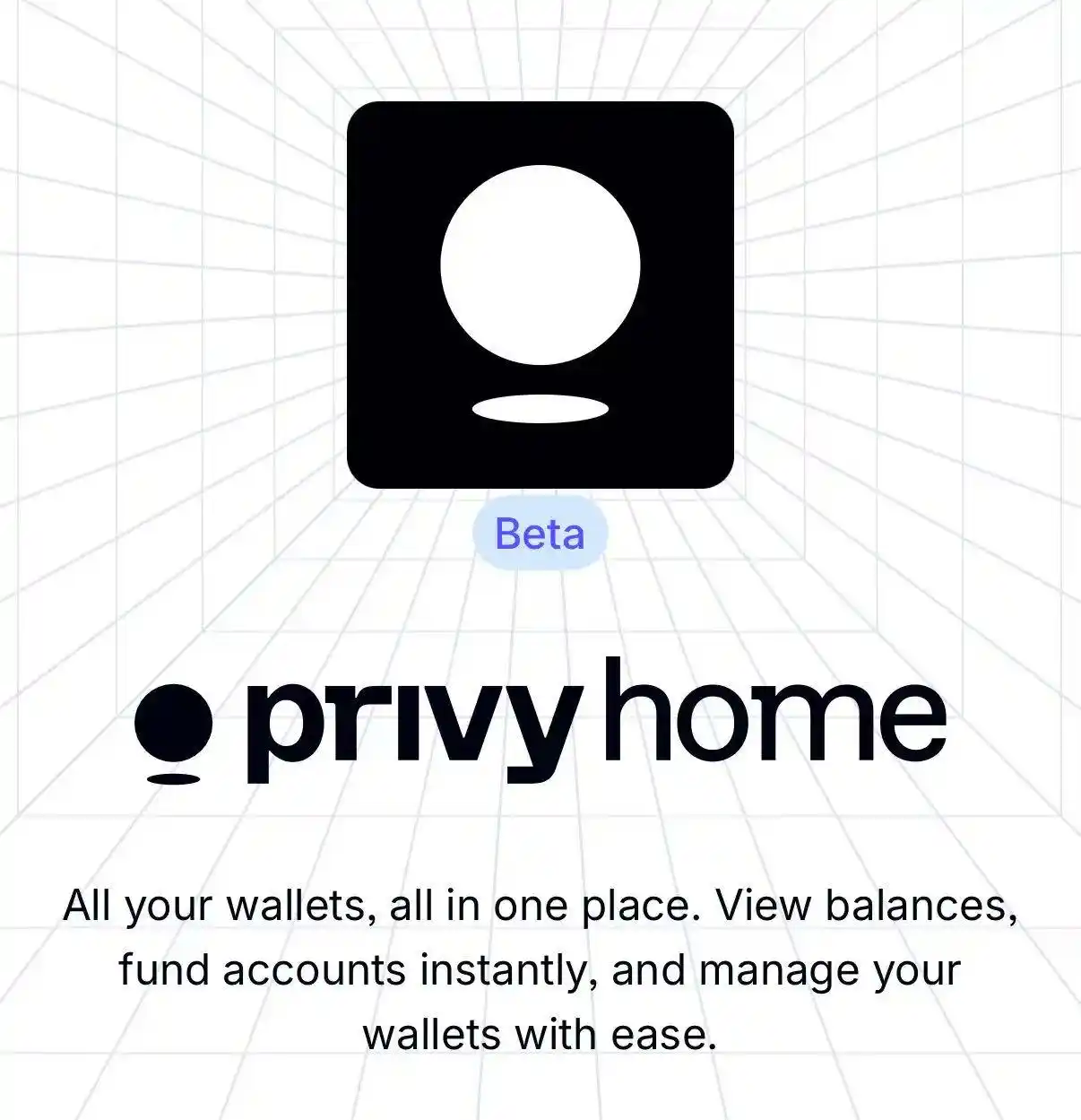ZEC Continues to Surge — Which Privacy Projects Deserve Attention?
Editor’s Note:
As blockchain technology evolves, privacy has never truly exited the stage. Today, with on-chain activity surging and the user base growing, privacy is once again at the forefront of critical discussion.
From the idealism of cypherpunks, to practical implementations like zero-knowledge proofs, fully homomorphic encryption, and multi-party computation, and now to a maturing ecosystem of user-focused privacy applications, we are witnessing a new era of “privacy reinvention.”
This piece aims to address a fundamental yet vital question: In a blockchain world where every action might be recorded, analyzed, and tracked, how do we protect our own private space?
The original article follows:
Encryption and Privacy: The Foundation of Freedom
If history has taught us anything, it’s that freedom always finds a way. In crypto, betting on privacy is ultimately betting on freedom.
If you possess advanced on-chain investigation skills and patience, such as those demonstrated by ZachXBT, you know crypto transactions can be traced. This is widely recognized in the industry.
Currently, it is even possible to identify the party responsible for draining a wallet, whether it is an individual or a sophisticated group operating within the crypto space.

Yes, the “bad cases” do exist, but the reason they’re exposed is because all on-chain activity is public.
That’s right—a public ledger is, in fact, public.
While younger users may not realize this, seasoned crypto veterans know: Bitcoin—and the entire crypto ecosystem—originated from the cypherpunk movement, a vision of an open society built upon privacy.
This vision inspired David Chaum’s privacy-driven digital currency, Digicash, which used blind signatures, and spurred Wei Dai’s b-money—an anonymous, decentralized payment system with a name reminiscent of digital innovation.
Satoshi took things further, embedding a degree of privacy in a fully transparent ledger. Bitcoin relies on pseudonymous addresses and hash functions—not real names or identity data—creating an illusion of anonymity.
But that illusion didn’t last. As smart contracts emerged, the focus shifted to programmability, and privacy became increasingly sidelined.
With another surge in crypto’s popularity, we’re back to the core question: Is privacy still a foundational principle for crypto?
The privacy debate now extends far beyond “sending and receiving funds on a public ledger” to every layer of on-chain applications.
In this article, we’ll examine what privacy truly means in crypto, its various dimensions, the privacy-centric products available, what to focus on, and our outlook on the future of crypto privacy.
In the following sections, the discussion continues.
What Does Privacy Actually Mean in Crypto?
The best way to understand privacy is by looking at it through the lens of traditional finance (TradFi).
In TradFi, privacy means your personal data isn’t public—only authorized institutions can access it. This covers biometric data, transaction histories, account balances, and more.
In crypto, privacy fundamentally means protecting users’ personal data during on-chain transactions. True privacy ensures data is visible and meaningful only to the user or their authorized parties.
Many conflate “privacy” with “anonymity.” While anonymity is closely linked to privacy in crypto culture, they are technically distinct.

For example, privacy hides transaction details—amounts, participants, related info—while anonymity hides the identities of the participants themselves.
A clear case in point: Zcash and Monero. Zcash uses cryptography (like zk-SNARKs) to conceal transaction amounts; Monero leverages stealth addresses and ring signatures for identity pseudonymization.
For this discussion, we’ll treat privacy as a broad concept that includes anonymity.
Why is privacy so critical in crypto?
As noted, crypto’s roots lie in the cypherpunk spirit—a drive for privacy and decentralization, with the ultimate goal of escaping state control and achieving real freedom.
But today, as private surveillance companies expand, financial interests grow, and AI-driven data abuse risks intensify, the privacy alarm is ringing louder than ever.

Without privacy protections, blockchain data could reveal spending habits, wealth distribution, political donations, and transaction networks—information that, in the wrong hands, could be exploited for manipulation or abuse.
Another crucial reason: without privacy technology, crypto can’t truly offer censorship resistance.
Privacy shields individuals and organizations from coercion, enabling open, permissionless participation in on-chain finance.
It also protects users’ real-world safety and on-chain data security. When public transaction graphs expose high-value targets, users face increased risks of hacking, extortion, and physical threats—incidents that are increasingly common.
Privacy Enhancing Technologies (PETs)
There are many ways to achieve privacy, each designed for specific scenarios but sharing a common goal: protecting end-user privacy and data security.
Each technology has its own strengths, trade-offs, and adoption levels. Here’s a non-technical overview of key Privacy Enhancing Technologies (PETs):
1. Zero-Knowledge Proofs (ZK)
Zero-knowledge proofs let you “prove something is true without revealing the details.”
There are two parties: the Prover (who proves a statement) and the Verifier (who confirms it’s true without seeing the underlying data).
ZK is a cryptographic privacy technology with two main types: zk-SNARKs (succinct non-interactive arguments of knowledge) and zk-STARKs (scalable transparent arguments of knowledge).
ZK enables confidential transactions (hidden amounts), proof-of-assets (no sensitive data exposed), decentralized identity privacy checks, private smart contracts, and more.
2. Ring Signatures / Ring Confidential Transactions (RingCT)
Privacy coins with default protection often use ring signatures. Monero is the classic example—the “dinosaur” of privacy coins.
Ring signatures let a user transact within a group, but the actual signer isn’t revealed, hiding the sender’s identity through transaction mixing.
This approach is highly effective for anonymity, shielding users from tracking even by the likes of ZachXBT.
Monero’s strong privacy has brought compliance challenges, such as exchange delistings and regulatory scrutiny. By contrast, Zcash offers both transparent (t-address) and shielded (z-address) options, allowing exchanges to meet compliance by supporting only transparent transactions.
3. Fully Homomorphic Encryption (FHE)
FHE is a cryptographic technique that enables computation on encrypted data without the need for decryption.
This means users can submit sensitive data without worrying the verifier will see the contents.
FHE is more about privacy than anonymity, but it’s one of the strongest technologies for on-chain privacy today.
4. Trusted Execution Environment (TEE)
TEE is a hardware-based privacy solution. It uses secure enclaves in processors or networks to protect data, with cryptographic keys for confidentiality and integrity.
An example is facial recognition systems in smartphones, where facial data is captured, encrypted, and processed within the TEE, ensuring raw data never leaves the TEE in plain text. The data is converted to mathematical models and securely stored for future authentication.
5. Multi-Party Computation (MPC)
Some crypto operations require collaboration. MPC is a privacy technology designed for such cases.
Examples include AI products needing multiple models for inference, DAOs wanting to govern without exposing votes, or on-chain auctions where bids must remain confidential—all classic MPC scenarios.
MPC enables multiple parties to compute a function (e.g., signing, balance checks) without revealing their individual inputs.

Besides the PETs above, there are other approaches, such as coin mixers, homomorphic encryption, and composable privacy—the latter combining multiple tools for stronger protection.
Some projects focus on building products using these technologies, while others develop privacy infrastructure to support the broader ecosystem.
Key Privacy Infrastructure Projects
There’s no one-size-fits-all solution for privacy in crypto.
Different teams focus on different PET dimensions, building for specific applications and use cases. Here are notable privacy infrastructure projects:
1. Nillion
We’ve covered Nillion’s tech and applications in depth—check it out if interested.
In short, @nillion is building decentralized trust for sensitive data. Its “Blind Computer” uses several PETs—MPC for NilDB, TEE for AI inference (NilAI/NilCC)—to secure data.
Nillion is also rolling out compelling consumer apps on its infrastructure, which we’ll highlight later.
2. Succinct
@SuccinctLabs’ airdrop made waves for many, but its technology is the real story.
Succinct Labs advances ZK proofs, enabling proof generation for any software. While not privacy-exclusive, its flagship SP1 ZK Virtual Machine can support client-side privacy.
For instance, Hibachi uses this to keep order flow private: the operator (Hibachi) sees the data, but external observers cannot.
3. Zama
@zama_fhe leads the FHE space, supporting confidential applications.
Zama has built a confidential blockchain protocol compatible with Solidity, enabling private DEX trading, confidential lending, and privacy-first tokenization.
4. Zcash
Mert’s “awakening” of @Zcash (ZEC) has made waves this year.
Zcash is a pioneer in crypto privacy, adopting ZK encryption for peer-to-peer confidential payments using zk-SNARKs for optional shielded transactions.
The tech isn’t complex, but paired with Bitcoin-like tokenomics, Zcash is back in the spotlight for those who still believe in the cypherpunk ethos.
5. Monero
Beyond its devoted XMR community, @monero is a leading privacy technology project.
Monero achieves complete transaction privacy using:
(1) Ring signatures: mixing genuine signers with decoys to hide senders;
(2) Stealth addresses: generating a one-time address per transaction to prevent wallet linkage;
(3) RingCT: using cryptographic commitments and range proofs to hide amounts and prevent inflation.
Unlike Zcash, Monero’s privacy is compulsory—not optional—fueling compliance challenges and leading to delistings from major exchanges.
6. Arcium
Privacy isn’t a one-size-fits-all solution, especially at the infrastructure level.
@Arcium gets this.
Arcium is a multi-party computation network with several protocols. Its universal Cerberus protocol uses an unusual security model.
Cerberus operates under a “dishonest majority” trust model with cheating detection and identifiable aborts. As long as one node is honest, privacy is maintained. Dishonest nodes are detected and removed.
This sharply contrasts with most protocols that require an “honest majority” (over 51% honest nodes).
Manticore, another protocol, is tailored for AI and works well in permissioned environments like trusted AI training, though its security assumptions are less strict.
Like Nillion, Arcium is powering innovative consumer applications, as we’ll see next.
Consumer-Grade Projects Built on Privacy Infrastructure
One of crypto privacy’s strengths is its tangible impact—users can directly experience these benefits via real products.
We don’t need to tinker with code; we can use these privacy apps straight out of the box.
Here are leading consumer privacy applications:
1. Hibachi: Privacy-First Contract Trading
Not everyone wants their trading positions or liquidation records made public.
The incident involving James Wynn, whose trading positions on Hyperliquid became public and resulted in targeted liquidations, illustrates the necessity for privacy in on-chain contract trading.
@hibachi_xyz is building a hybrid architecture using Succinct’s ZK tech (SP1) and Celestia’s data availability (DA) to validate central-limit order books (CLOB) on Celestia blobs.
Hibachi optimizes execution speed too, boasting just 5ms latency. No token yet—definitely a project to watch.
2. NilGPT: Privacy-First AI Chatbot
AI technology enables advanced interactions, with prompt engineering becoming increasingly sophisticated.
However, users often share sensitive information with AI chatbots, not realizing their conversations may be monitored by centralized platforms like ChatGPT, Gemini, and Grok.
NilGPT, powered by Nillion’s privacy infrastructure, is designed to keep your chats private. You can interact freely, knowing your data isn’t being harvested or analyzed by third parties.

That’s @nilgpt_’s mission—a privacy-first AI chatbot built on Nillion’s confidential compute stack, ensuring conversations and data are safe, with no collection or exposure of personal information.
NilGPT uses Nillion’s Blind Compute Layer to encrypt and process data across distributed nodes, ensuring no single entity can access your plaintext inputs or outputs.
3. Railgun: On-Chain Anonymity Shield
For true blockchain anonymity, Railgun is a top pick and is recognized for its privacy-focused approach.
@RAILGUN_Project is a privacy ecosystem for Ethereum-compatible chains, using zero-knowledge encryption for private transactions and DeFi—all without sacrificing security or composability.
Railgun is fully decentralized, governed by Railgun DAO, and uses zk-SNARKs to encrypt balances, transactions, and contract execution. It currently supports Ethereum, Polygon, BSC, and Arbitrum.
Unlike coin mixers, Railgun achieves full anonymity via ZK encryption, with seamless dApp and liquidity integration.
4. Privy Home: Privacy-First Wallet Management Hub
Privy is among the projects in the crypto field approaching product-market fit.
Built by @privy_io, Privy Home is a secure control layer and management hub for embedded wallets across crypto apps, providing foundational wallet infrastructure for secure identity and asset management.

Privy lets users track, fund, and manage assets from multiple apps on one platform, using key sharding and TEE for security.
It streamlines self-custody and interoperability, making wallet management smoother and preventing apps from accessing your keys.
5. Umbra: Incognito Mode for Solana
Solana is now a primary location for on-chain entertainment, featuring high transaction activity and increased scrutiny.
This is where @UmbraPrivacy delivers value.
Umbra is a privacy protocol bringing “incognito mode” to Solana via Arcium’s confidential network, enabling private on-chain transfers and real financial privacy.
Umbra now supports private transfers and plans to build out a full Solana privacy DeFi hub, including private swaps, Solana-Zcash bridges, and SDKs for wallets and developers.
Umbra’s features address the needs of active on-chain participants seeking privacy in transactions and asset management.
6. Zashi App: Privacy Gateway for Zcash Users
For users interested in $ZEC, the next step is to utilize @zashi_app.
Zashi is a mobile wallet from Electric Coin Co. (ECC), Zcash’s founding team. It’s focused on private, shielded Zcash transactions.
This self-custody wallet lets you send, receive, and use $ZEC freely, without intermediaries or surveillance.
Zashi enables shielded payments by default, leveraging Zcash’s zero-knowledge encryption for true end-to-end privacy. It’s the easiest entry point for Zcash users.
The application features a streamlined and user-friendly interface.
7. Privacy Isn’t an Add-On—It’s the Heart of Crypto
Traditional system walls are closing in, but on-chain migration is quietly underway.
Adoption may seem slow, but the leap from zero to one is always hardest; from one to ten is much faster. As the space matures and participation increases, privacy—both individual and collective—becomes paramount.
Privacy is not a “nice-to-have.” It’s foundational—a core value that must be taken seriously, both now and in the future.
Key privacy infrastructure is being built, with some solutions already live and proving their worth in real-world applications.
Monitoring these integrated solutions may reveal options that address real needs in the on-chain space, including the opportunity to maintain true anonymity.
If history is any guide, freedom always prevails. In crypto, betting on privacy is betting on freedom.
Disclaimer:
- This article is republished from [BlockBeats] and is copyright of the original author [@blocmates]. If you have any concerns about this republication, please contact the Gate Learn team, who will address the matter promptly through the appropriate channels.
- Disclaimer: The views and opinions expressed are those of the author alone and do not constitute investment advice.
- Other language versions of this article have been translated by the Gate Learn team. Do not copy, distribute, or plagiarize the translated article without proper mention of Gate.
Related Articles

The Future of Cross-Chain Bridges: Full-Chain Interoperability Becomes Inevitable, Liquidity Bridges Will Decline

Solana Need L2s And Appchains?

Sui: How are users leveraging its speed, security, & scalability?

Navigating the Zero Knowledge Landscape

What is Tronscan and How Can You Use it in 2025?
